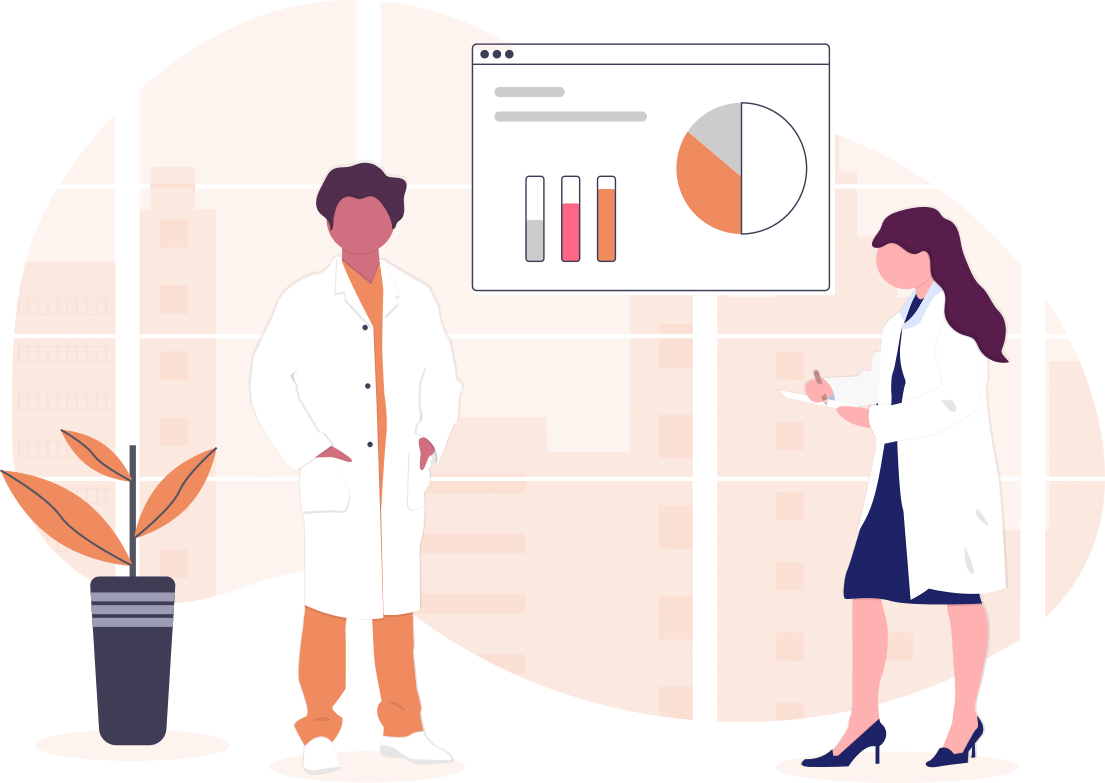Artificial Intelligence-based
Clinical Decision Support using Predictive AI Models
Our work addresses the significant burden of identifying patients with potential diseases by utilizing cutting-edge AI models that have been trained on the data of thousands of patients.
